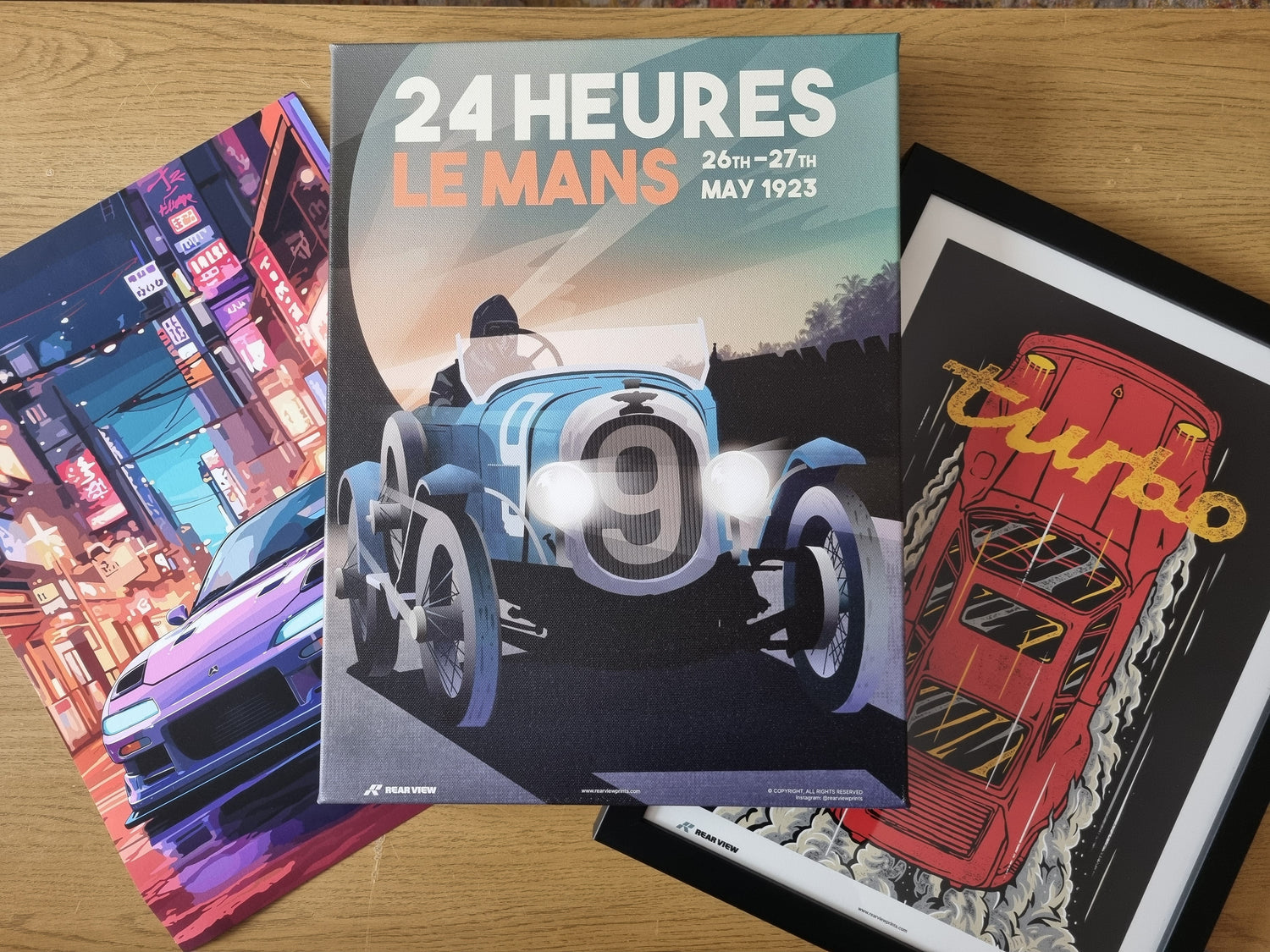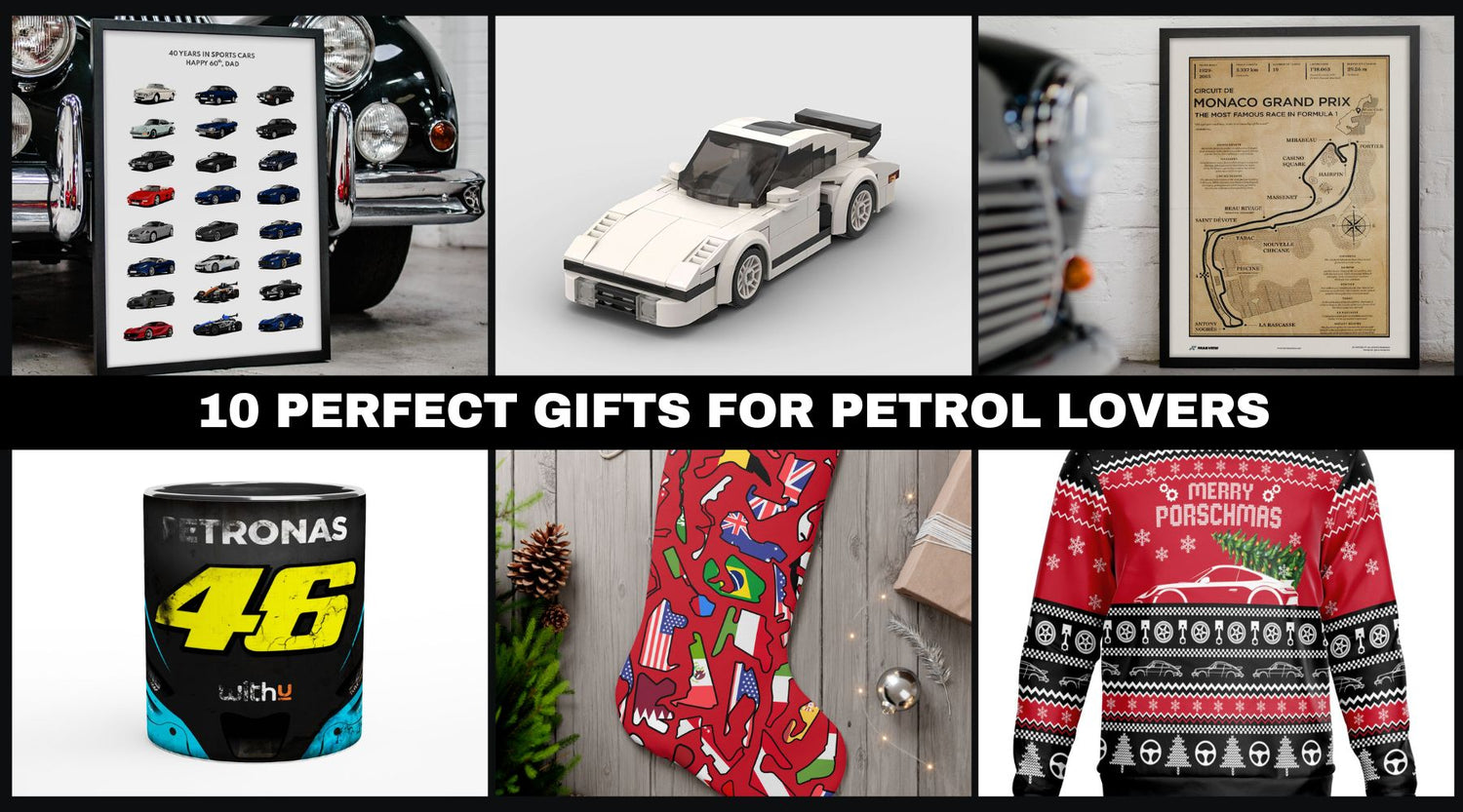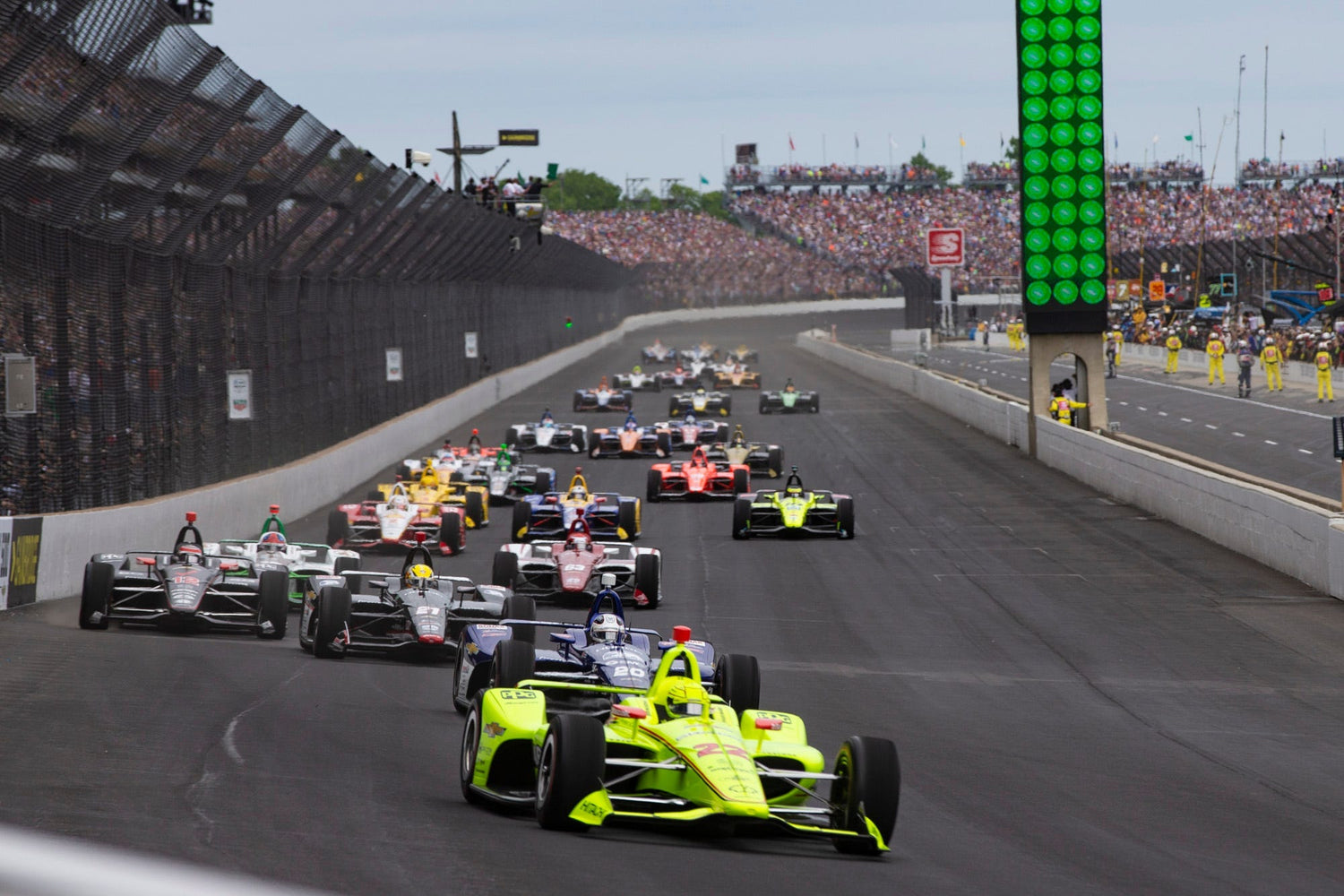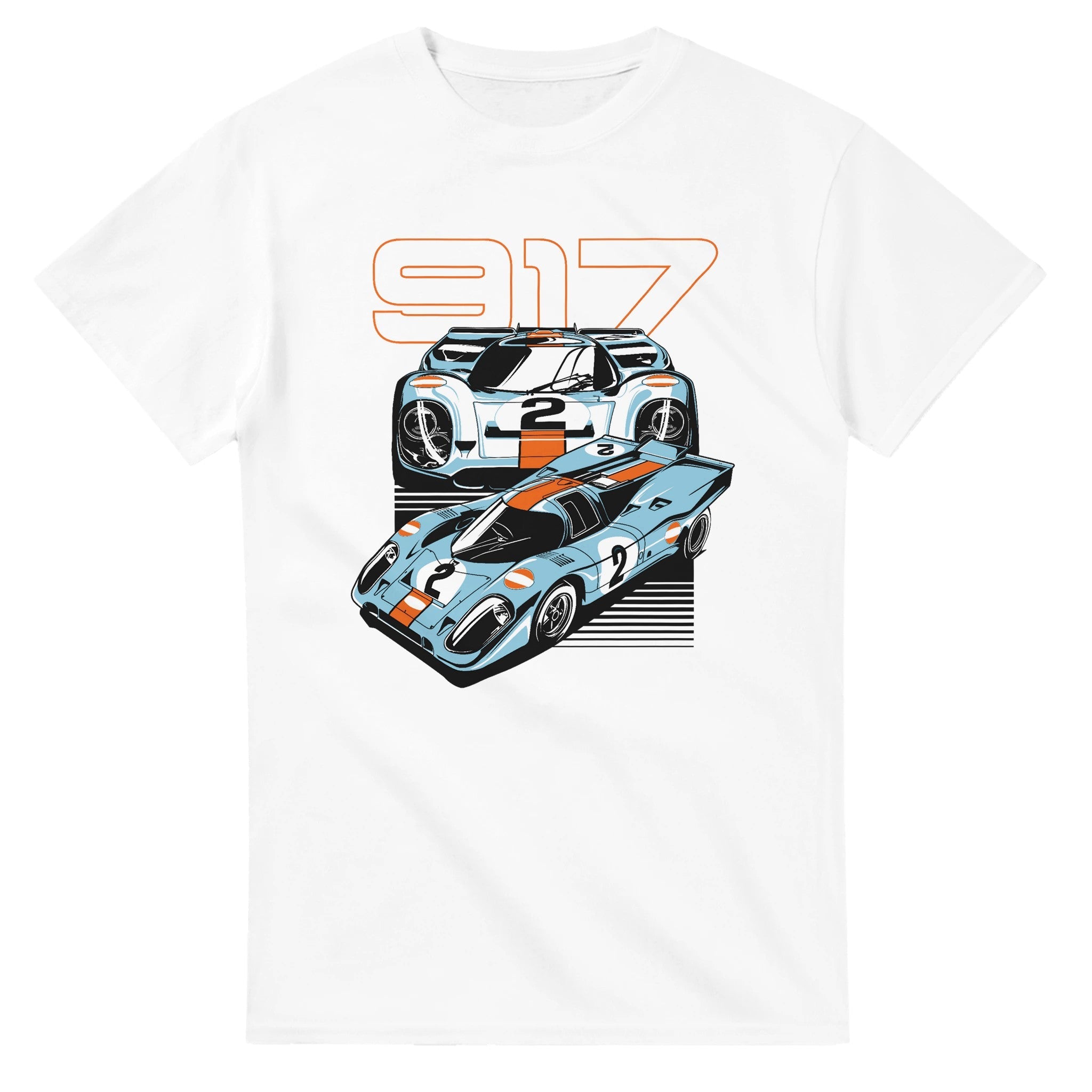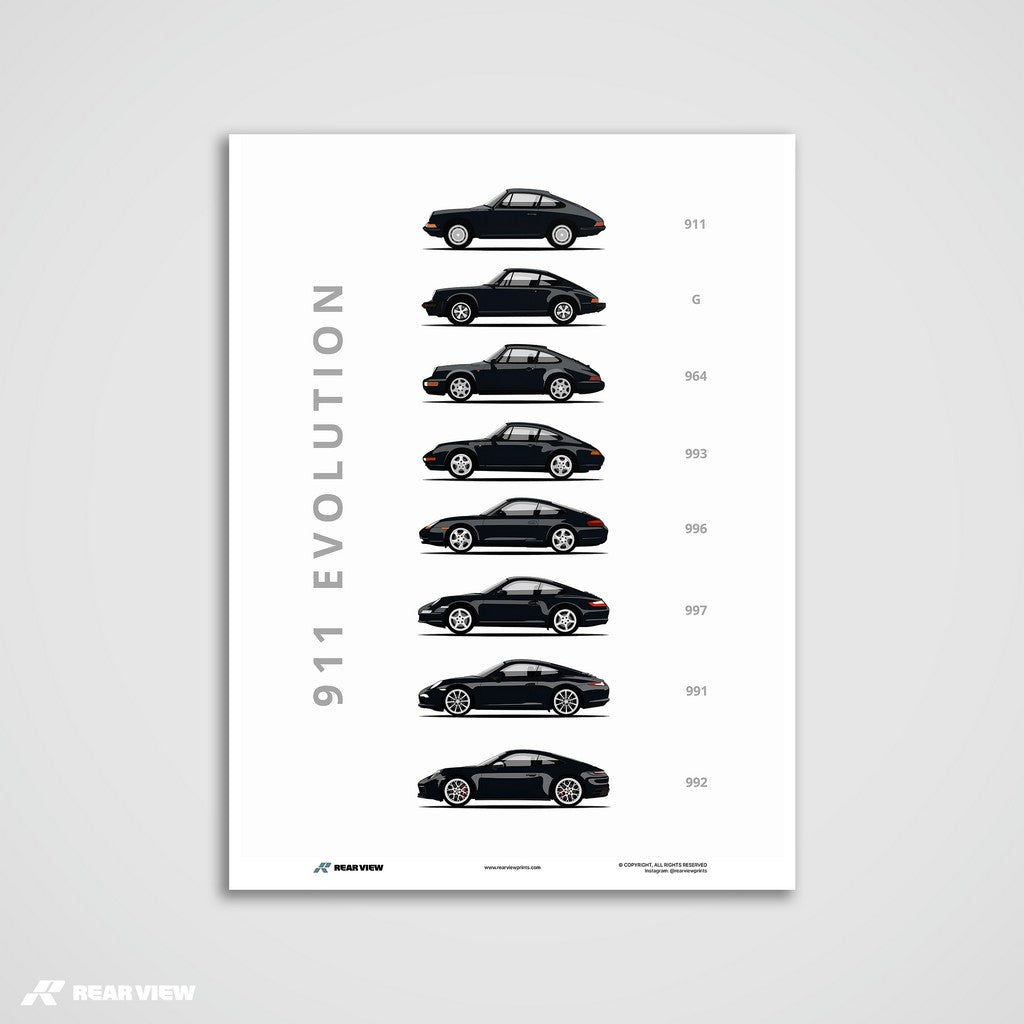Imagine it for a moment: you’re living sometime in the 1800s, and as you tie up your horse after a long trip, you see it… those big bold letters, a snazzy font, and that almost otherworldly word, “car” now linked to an engineering marvel. While many of us probably don’t remember our first automobile advertisement, the history of the car parallels the rise of modern marketing in many ways. Today, we’re going to dive into that history a bit more and take a look at what’s gone into a car advertisement through the ages, and how they’ve adapted and changed.
Simplicity in Vintage Car Prints in the late 1800s to early 1900s
Auto ads at the turn of the century matched much of the printing technology at the time. Often, especially early on, early vintage car prints didn’t even have an image of a vehicle on them. But as we enter the 1900s, you begin to see more images as well as more variation in font style. This was an early time in the history of branding, and while there’s still a uniformity of approach (most notably in black and white images and a focus on safety with a touch of speed), car companies sought to show off why their models were the most practical to choose from. We particularly love the simplicity of the Great Arrow of Pierce in the car ad here.
A Cosmopolitan Age for Vintage Car Prints in 1930s to 1940s
As the decades went on and as mass printing evolved, so did car advertisements. The vintage car print here of a beautiful Ford Lincoln really shows off vibrant, yet simple colors paired with a sleek vehicle. But there’s also a subtle focus on cosmopolitanism. Really, this isn’t any big surprise, as at the same time, international flight was becoming more popular. The ads during this period have a slight jet setting feel to them that conveys class and travel. Yet, we also see more automobile advertisements that make connections to war during this time as well. As the World Wars came to a close, this trend eventually began to fade, but it can clearly be seen in many ads from around this time.Hitting the Golden Era in the 1950s and 1960s.
Hitting the Golden Era in the 1950s and 1960s
To a certain extent, in the 1950s and 1960s, there’s a shift in how vehicles are presented in many vintage car prints. For example, while you’ll still see ads displaying the model and brand name as well as some selling points, increasingly, adverts rely on their audience being familiar with what they’re buying. In some cases, a great photo that tells a story in one shot is enough to create the mood for a potential buyer. These ads really shine in the visual department because of how awesome the design aspects are during this era. These are established brands coming into their own, as more and more consumers sought out their products. There's a touch of upscale living that meets a feeling of "white picket fences" and 1950s modern living.
The 1980s and Cars as Status Symbols
Perhaps during no other time were vintage car prints more obvious than in the 1980s. And it makes sense. During this time, the United States stock market was in full swing, and the luxury industry was on the rise. The name Rolex was on everyone’s lips, and so were the names of plenty of higher class cars. In a sense, it's the years of the yuppy and the stock market broker. During this time, the automobile had become a status symbol, a luxury product that went beyond just the family vehicle. A Porsche or Lamborghini conveyed a great deal about who you were and how much success you had attained. During this period, we also begin to see more foreign car advertisements and beginning in the late 1970s, as internationally, a more diverse brand set became popular.
The Contemporary Car Advertising Industry
Today, car ads have taken on a distinctive personality that is, at the same time, almost indistinct. Picture it: an Audi Q7 rushing forward in a spray of water above the perfect tagline. There’s a certain ambience that is often created by contemporary car prints, but at the cost of actually saying anything. Many of them feel “safe,” and because of this issue, it’s easy to pine for the days of past ads. On a certain level, there’s often a sanitized sense of danger or drama that can leave you wondering when car marketing will break out of this mold and go for something more. Finally, we also see much more cross-marketing between car brands and other companies. This practice is likely to continue into the foreseeable future, as we see brands leverage their audiences.
But one thing is certain, as the industry moves into the future, the ads of today will become the vintage car prints of tomorrow.
Interested in showcasing a piece of that marketing history in your own home? Check out some of our custom-designed vintage car prints over at our boutique print shop!








